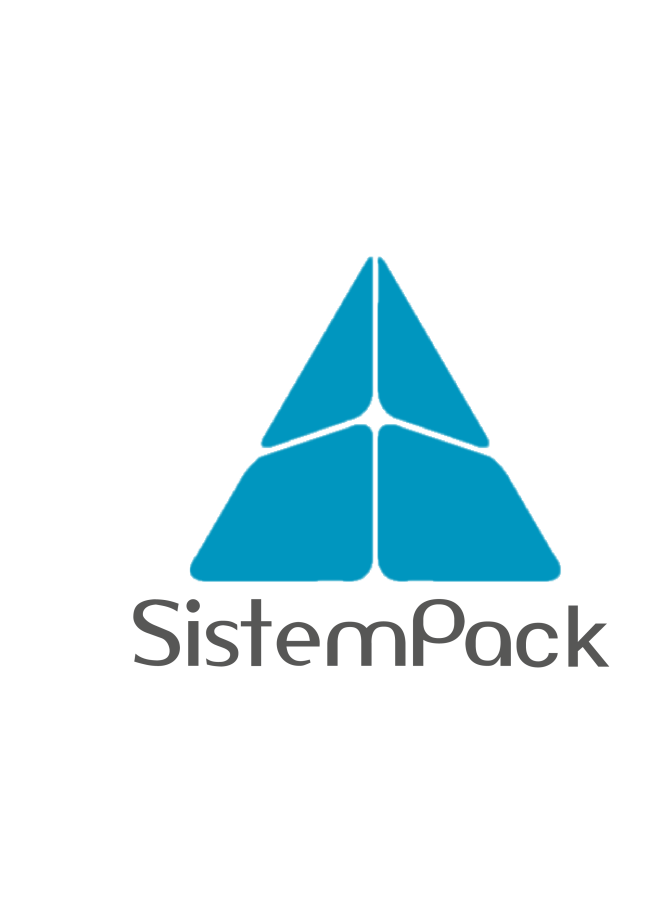Abstract: Pharmaceutical packaging plays a pivotal role in the healthcare industry, serving as the primary interface between manufacturers and patients. This white paper delves into the intricacies of pharmaceutical packaging, emphasizing the critical need for safety, compliance, and sustainability. It explores the evolving regulatory landscape, innovative packaging technologies, and the industry’s commitment to reducing its environmental footprint.
- Introduction
Pharmaceutical packaging is more than just a vessel to contain drugs; it is a critical component of the healthcare ecosystem. This paper examines the multifaceted world of pharmaceutical packaging, focusing on its significance, challenges, and innovations.
- Safety and Compliance
Ensuring the safety and efficacy of pharmaceutical products is paramount. Packaging must protect drugs from external factors, such as moisture, light, and contaminants, while maintaining their potency throughout their shelf life. Moreover, adherence to stringent regulatory standards, like those set by the FDA and EMA, is non-negotiable. Packaging must comply with guidelines related to child-resistant closures, tamper-evident features, and serialization to prevent counterfeiting.
- Evolving Regulations
The pharmaceutical industry operates in a dynamic regulatory environment. Recent developments, such as the Drug Supply Chain Security Act (DSCSA) in the United States and the Falsified Medicines Directive (FMD) in Europe, have intensified the focus on traceability and product authentication. These regulations necessitate the adoption of advanced packaging technologies, including barcoding, RFID, and 2D matrix codes.
- Sustainable Packaging
Sustainability is a growing concern across industries, including pharmaceuticals. The sector is making strides in reducing its environmental footprint by embracing eco-friendly packaging materials and optimizing packaging designs for minimal waste. Recyclable, biodegradable, and compostable materials are gaining traction, aligning with global sustainability goals.
- Innovative Materials
The choice of packaging materials is pivotal to pharmaceutical packaging’s success. Glass and plastic containers have been traditional favorites, but innovations in materials science are expanding the possibilities. Smart materials, such as those with oxygen or moisture-absorbing properties, enhance product stability. Additionally, advancements in nanoparticle technology offer the potential for targeted drug delivery and improved patient adherence.
- Patient-Centric Design
Pharmaceutical packaging is evolving to cater to patient needs. User-friendly packaging, with features like easy-open caps and clear dosage instructions, improves patient adherence and safety. Customized blister packs and unit-dose packaging options facilitate medication management, particularly for elderly patients and those with complex medication regimens.
- Serialization and Track-and-Trace
Counterfeit drugs pose a significant threat to patient safety and the pharmaceutical industry’s reputation. Serialization, which involves assigning unique codes to each drug package, combined with track-and-trace systems, enables real-time monitoring of the drug supply chain. This technology not only combats counterfeiting but also allows for rapid recalls when safety concerns arise.
- Supply Chain Efficiency
Pharmaceutical packaging extends beyond the end product. Packaging efficiency and logistics play a critical role in ensuring timely and cost-effective distribution. Just-in-time packaging solutions, cold chain management, and supply chain visibility technologies optimize the pharmaceutical supply chain, reducing wastage and ensuring product integrity.
- Future Trends
The pharmaceutical packaging landscape is continually evolving. Emerging trends include the integration of Internet of Things (IoT) sensors for temperature and humidity monitoring, personalized medicine packaging, and 3D-printed drug delivery devices. Additionally, the use of blockchain technology for supply chain transparency is gaining momentum.
- Conclusion
Pharmaceutical packaging is not just a means of containment; it is a critical component of patient safety, regulatory compliance, and sustainability in the pharmaceutical industry. As regulations evolve and technology advances, pharmaceutical packaging will continue to adapt, ensuring the safe and efficient delivery of life-saving medications to patients worldwide.
In conclusion, the pharmaceutical industry must remain vigilant in its pursuit of innovative packaging solutions that safeguard patient health, meet stringent regulatory requirements, and contribute to a more sustainable future. Through collaboration, research, and ongoing commitment to excellence, pharmaceutical packaging will continue to be a cornerstone of modern healthcare.
